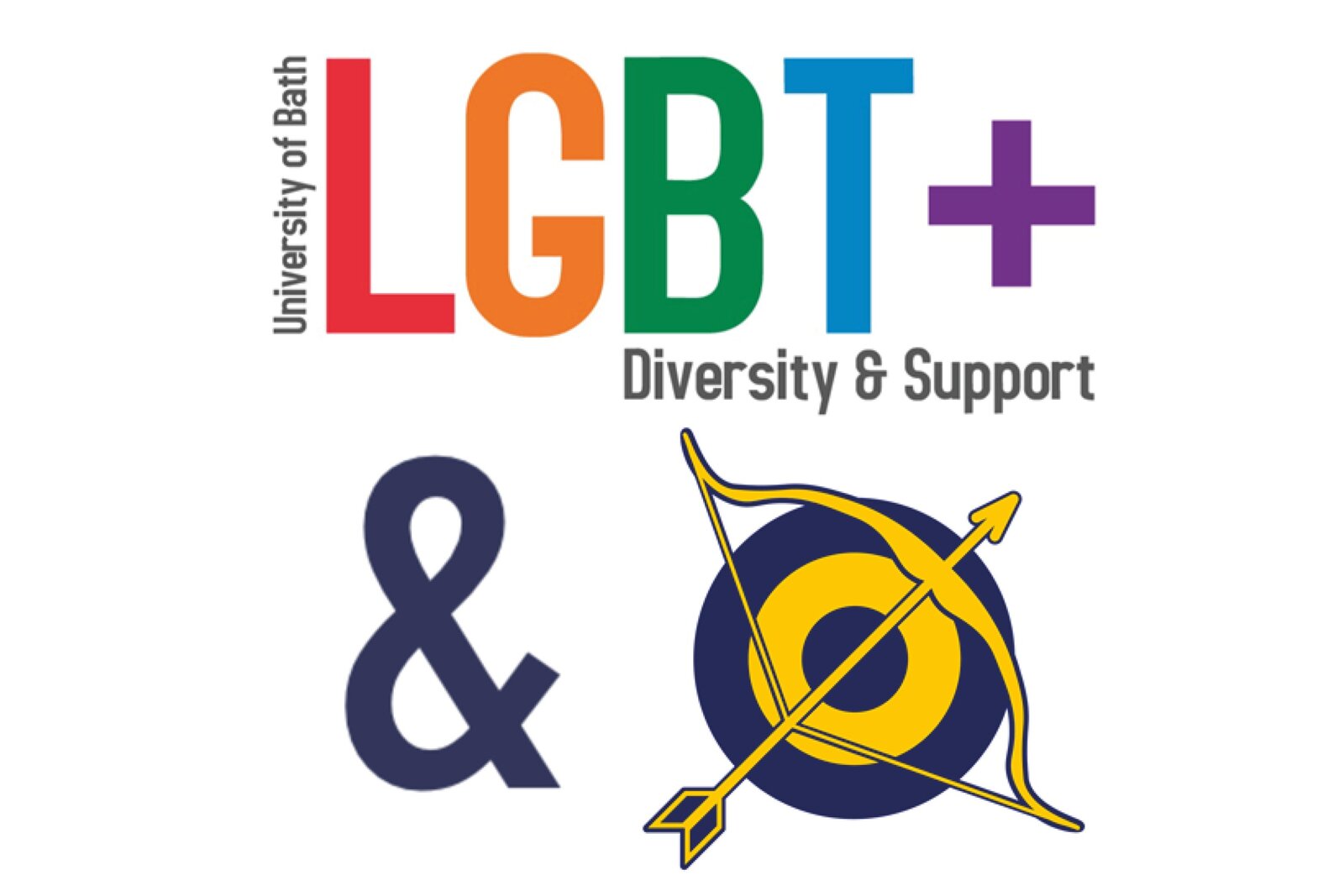To celebrate the last day of LGBTA+ History Month, Johanna Meyer and Blake Walker from the University of Bath take a look at fictional archers, their impact on the sport and what LGBTQ+ representation in archery really means.

The theme of this year’s LGTBQ+ history month is “Behind the lens”: LGTBQ+ people’s contribution to cinema and film, beyond actors who are visible on screen. Here, we’d like to invite you on a small detour to explore those “Behind the bow” in honour of LGBTQ+ history month: an exploration of queerness and archery through time, space, and imagination…
Our first stop is the fictional and mythical. There are few fictional archers who are considered “canonically” LGTBQ+ (Do you know of any? Have a look around and let us know!). There are fictional archers surrounded by astonishing amounts of squabbling over what they are or are not. Perhaps the most famous of these is Legolas from Lord of the Rings – elf, archer and just cool – whose (lack of) gayness has been discussed online in messages that often feel longer than the books and films combined. One consistent theme is the reminder that fiction belongs to those who read and engage with it: Let Legolas be gay to them, let him be bi to him, let him be asexual to me. No matter how you think of yourself, it is a gift to be able to see yourself in a character you like – and no one has the right to take that from you.
An example of the impact of fiction on real-world uptake of the sport is the Hunger Games-induced popularity of archery among teenage girls in the early 2010’s. It is a reminder that we need representation in fiction as much as in everyday archery, and of archery’s potential in fostering resistance to sports-related gender roles and stereotypes.
Barriers to participation in sports can take many forms: Obvious transphobia or homophobia may stand out, but other people’s experiences of feeling marginalised are not always obvious to those who not affected. The repetition of well-meant but potentially hurtful comments and assumptions you already hear enough of in everyday life. The need to go to great lengths to justify that your gender ticks a certain box to participate in competitions.
The knowledge of marginalisation within a sports environment can be off-putting. LGTBQ+ history month is an opportunity to collectively make space for and listen to the experiences of those who have faced barriers that may not be visible to everyone, in archery and beyond.
Let’s hear and tell the stories of LGTBQ+ archers. The fictional ones who are inspiring people to take up the sport. But most importantly, let’s stop and listen to the stories that real-world LGBTQ+ archers at any level of archery (and those interested in taking up the sport) tell, of their experiences and of what they think a truly inclusive sport to look like. Let’s provide spaces for these stories to be told and listened to – during LGBTQ+ history month and after.
From our experience of bringing together an archery club and an LGBTQ+ society for a joint celebration of LGTBQ+ history month at the University of Bath last year, a themed pub quiz combined with a taster session was a great start in bringing together communities. A highlight was to hear detailed plans of how teams would successfully master a zombie apocalypse under the leadership of a chosen fictional queer archer – although we acknowledge that this might not be everyone’s cup of tea. Our event also came with the lesson that while doing something is good, it is hardly ever sufficient. Celebrating LGTBQ+ history month is fantastic but we as a community should be trying to help tear down to barriers to sport all year round.